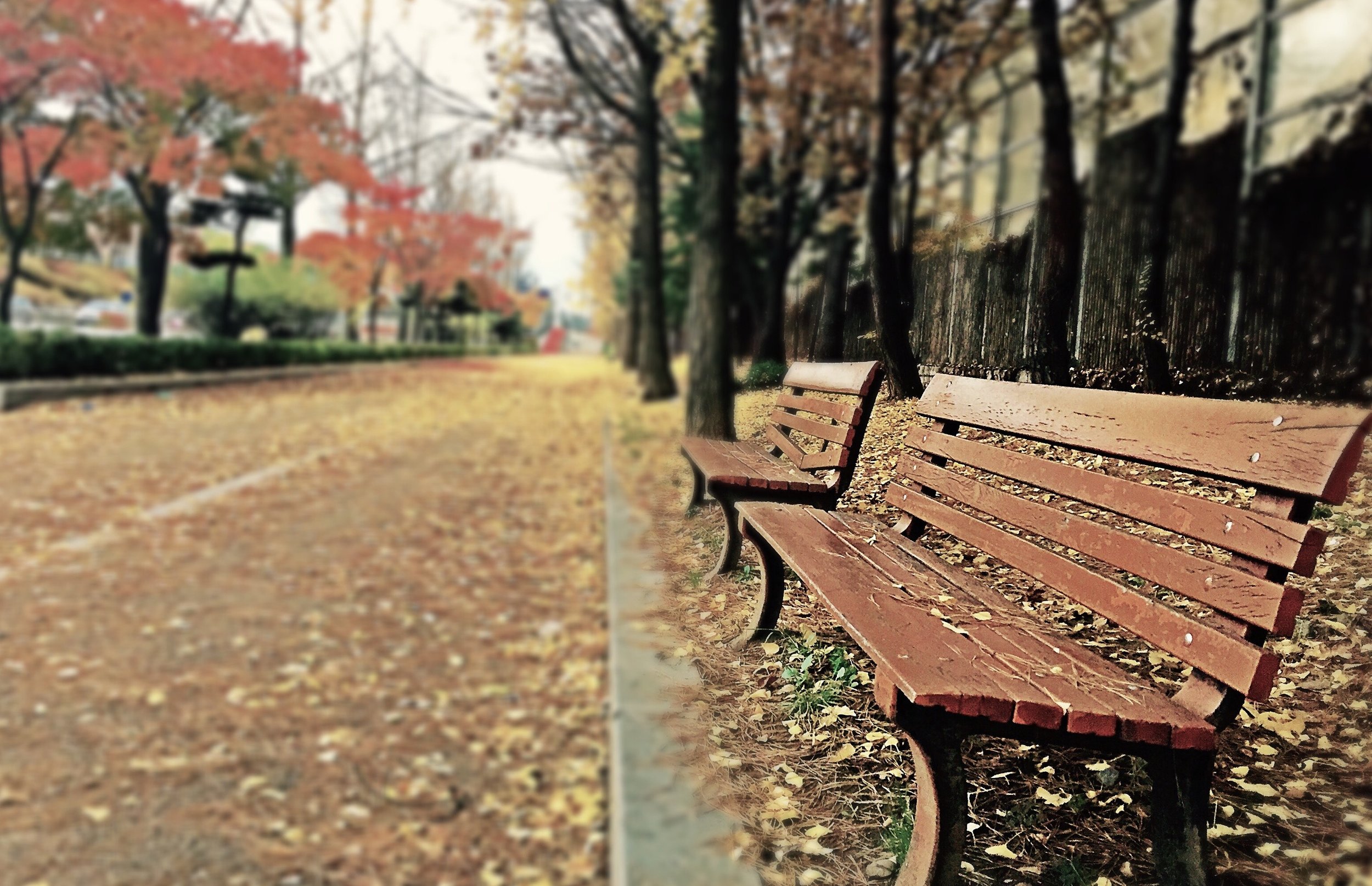The Reality of Starting USC with an Autoimmune Disease
Starting college offered the chance to start over in a way that absolutely thrilled me, but in 2020, as I was preparing to start that chapter, I also got diagnosed with rheumatoid arthritis (RA). Navigating my new diagnosis during a pivotal time of my life left me with a lot of whys and hows. Chronic illness was poised to take over my life and conspired to ruin my college experience.
My RA was the worst it had ever been the summer before I started school. I contemplated requesting a gap year to get my health in order, but delaying the start of my dream school year was an even more painful prospect. Instead of researching the programs and clubs I was excited about when I applied to the school, I spent the summer drowning in subreddits piecing together the experiences of other people with RA as a student trying to forecast my own reality. Through that, I discovered OSAS, USC’s Office of Student Accessibility Services.
This felt like a solid first step. After applying to OSAS for accommodations, I had a virtual meeting with a specialist who asked me how they could be most helpful. I didn’t know what to say. All I wanted was to be pain-free and enjoy my time at school. I didn't want to be offered note-taking services or a driver to take me from class to class, but those were the only ways they knew how to help. While I was still grappling with the reality of my disease, I did feel grateful for their suggestions and determined to make the best of my situation.
I sent my professors my OSAS accommodation letters with a short message about my situation because I was bound to miss a few classes because of frequent doctor appointments. Many of them shared their own personal stories of people they know with RA and offered words of encouragement. Their kindness really surprised me and gave me hope for my future at USC.
It didn’t take long to understand that my college experience would look different than the movies or even that of my peers. Friendships didn’t come naturally because I didn’t stay around campus after classes or join the masses of students studying in the library. All I wanted to do was to finish my classes and rush home to bed where the pain wasn’t as bad. I didn’t care about anything besides relieving my pain.
I didn’t want to walk anywhere because it hurt too much. And I found my RA drew an invisible line between me and my classmates even as we did interact because I didn’t want to explain a large part of my life they likely wouldn’t understand. I’d ask for help opening my water bottle, something I legitimately needed help with, while trying to laugh and make jokes about my hands being slippery from lotion. They’d laugh too, and it was hard to watch how easily they’d twist the cap off.
While some struggle academically in the first few weeks because they don’t know how to balance the rigorous academics with being a social butterfly, I started slipping because of my disease. I fell behind fast. As a straight A student in high school, I knew how to face an academic challenge, but as my RA sapped all my energy, study time and assignments fell by the wayside in favor of cramming and dashing off assignments . I traded office hours for resting or trying to exercise my joints.
As my perfect picture of my college experience disintegrated to the realities I faced, I missed other important moments. Being disconnected from both my professors and my classmates, I didn’t even know what recruiting season was, let alone know what steps to take to land an internship. Socially, I missed the club fair because it was too far of a walk after class, and I made the choice to spend my energy getting home.
After a while, I started to notice the little bubble of isolation surrounding me. I so badly wanted to be just like my peers. They were confident, prepared, experienced, and social. I envied their accomplishments and wished I felt better so I could contribute to the school in the same way they were.
I knew I couldn’t be the only person at school struggling with a problem like mine, but I couldn’t help but feel alone. Disability isn’t often discussed at the school, especially invisible illness that isn’t immediately apparent. Having OSAS is great, but support starting and ending with a somewhat cookie cutter set of possible accommodations doesn’t do enough to address the larger issues that stem from being at a university where your needs look different than your peers. There’s no guidebook, and there’s no easy way to find community with those who will immediately understand what you’re going through because they are having that experience as well. The start of my journey at USC was a very lonely time where I was just trying to get by. While I’ve learned a lot since, I wish there were better ways to share what I’ve learned with students who felt like I did, even if it’s just to remind them that they’re not alone.
Want more from Trojans 360?
Visit Trojans 360 on Facebook & Twitter to stay up to date with more student content! You can also Ask A Trojan an anonymous question, and we’ll try to answer it in a future post. And don’t forget to follow us on Instagram!
Trojans 360 is USC’s official student-run blog. Content created by students, for students.

